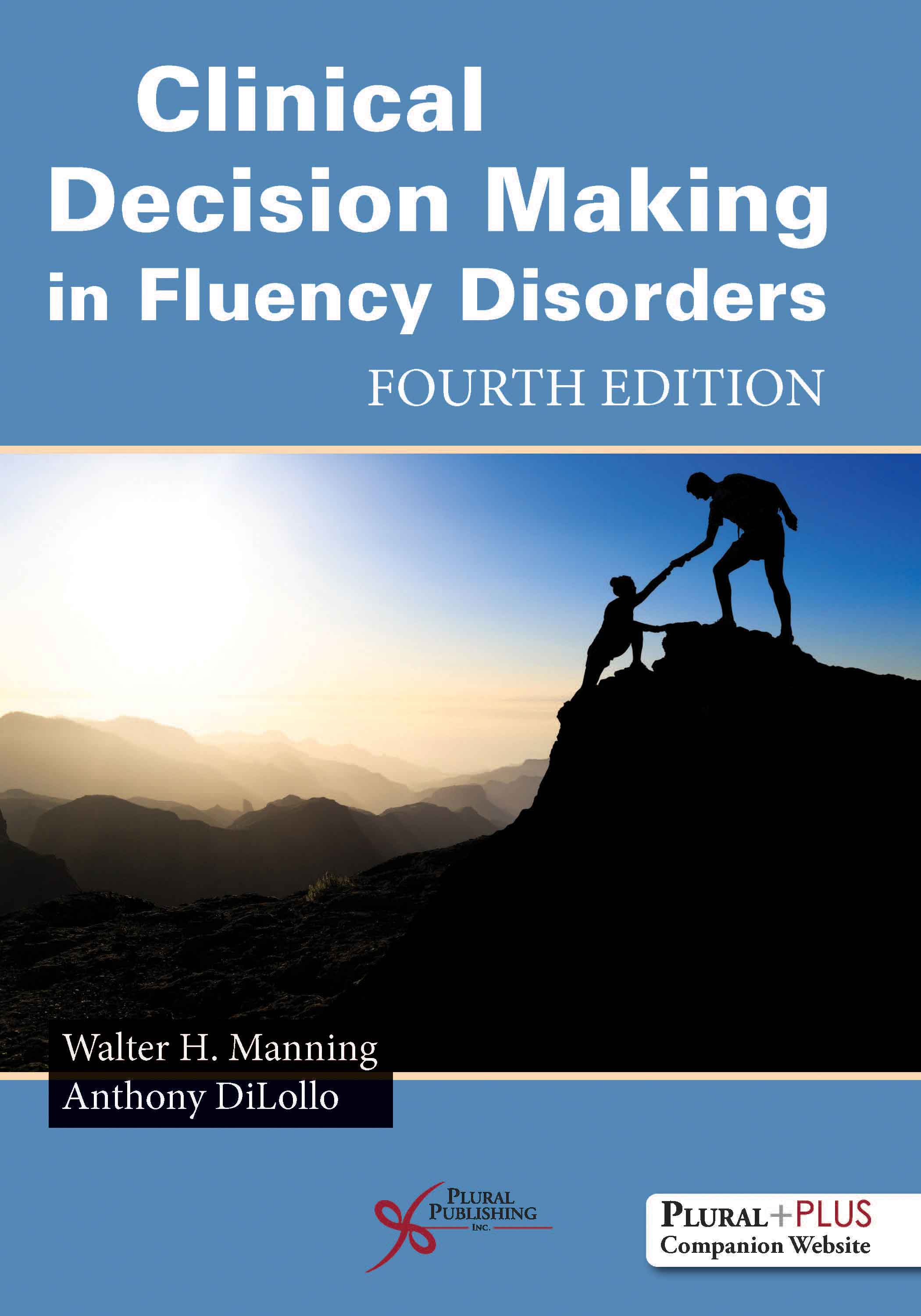
Clinical Decision Making in Fluency Disorders.
Fourth Edition
Walter H. Manning, Anthony DiLollo
Details: 634 pages, 2-Color, Hardcover, 7" x 10"
ISBN13: 978-1-59756-997-2
© 2018 | Available
Clinical Decision Making in Fluency Disorders is back in a new fourth edition and has been thoroughly updated with recent advances in the field and a current review of the literature. It continues to focus on therapeutic tools for the speech-language pathologist to assist clients who stutter. Written with enthusiasm and creativity, the text centers not only on increasing fluency but also on the therapeutic journey by describing goals, principles, and techniques for assessment counseling and ongoing management.
Clinical Decision Making in Fluency Disorders will benefit graduate students who are beginning their comprehensive study of fluency disorders, as well as professional clinicians expanding their knowledge of this specialty area. This text provides clinical insights to assist people who stutter with their ability to communicate and enhance their quality of life.
A PluralPlus companion website includes PowerPoint lecture slides for every chapter, sample syllabus, multiple choice questions, and assessment measures.
New to the Fourth Edition
- Reorganization of chapters for better flow of material
- Three new chapters on the nature of change, counseling, and the therapeutic process
- Additional Clinical Decision Making and Clinical Insight boxes with vignettes that illustrate distinctive clinical examples and unique perspectives
- Added or expanded sections on critical thinking, mindfulness, temperament, anxiety, acceptance and commitment therapy, resilience and protective factors and more
- Updated sections on genetics and neuroimaging research
Reviews
"The great thing about this book is what it is not: it is not a recipe book, it does not succinctly define stuttering, it does not simplify a client, and it is not a cookie-cut assessment plan and therapy process. The book is comprehensive, clinically relevant, dense with references, and holistic in viewing the client. Manning and DiLollo capture the complexity that is stuttering and provide exceptional details to develop the mindset of the clinician. The reader will take away an appreciation of the therapeutic process, rather than narrowly focus on the therapy outcomes. With that being said, readers will also broaden their concept of what successful stuttering therapy can be and open their eyes to all that can be achieved through the process."
—Jill E. Douglass, Sacred Heart University, Fairfield, CT, in the Journal of Fluency Disorders (May 2018)
"Figuring out how to sequence all the content in a graduate communicative disorders class, to enhance learning and cover key issues, is a challenge and an art. All textbooks for fluency disorders appear to start the journey with imparting information about fluency disorders, then climb up to historical information on etiology and the development of stuttering, before ascending to the pinnacle of assessment and treatment. In other texts, I have found the transition from the assessment chapters to treatment chapters to be too abrupt. Prior to launching into specific techniques, there is the need to present a "bird's eye view" of the overall therapeutic process, especially how it could unfold with a person who stutters. Thus, one of the best aspects about 'Clinical Decision Making' is the insertion of chapters 6, 7, and 8 prior to any chapters on treatment. These chapters are inherently fascinating because they focus on broad issues about how people face change, overcome adversity, and live a satisfying life. Since a dedicated counseling course may be absent from required course listings among graduate schools in speech language pathology due to pressures to include instruction on an ever-expanding scope of practice, these chapters are essential. They provide vital instructions and examples about how to counsel and work on attitudes and emotions with clients and families to make positive communication - and life changes. My students are engaged in these chapters, since they can easily connect these concepts of change, common factors, and counseling frameworks to clients from all disability areas. Now, when we shift our focus to fluency enhancing and stuttering modification "techniques," we will do so with a background and understanding that the most important aspect of therapy may not be the percentage of fluent syllables, or even the specific protocol employed. These are important principles to teach, and Manning and DiLollo do the work for me."
—Laura Johnson, University of Wisconsin/Madison, Madison Metropolitan School District, Madison, WI, in the Journal of Fluency Disorders (May 2018)
Preface
Acknowledgments
Reviewers
Chapter 1. The Effective Clinician
Chapter 2. The Nature of Fluent and Nonfluent Speech: The Onset of Stuttering
Chapter 3. A Historical Perspective on Etiologies and the Development of Stuttering
Chapter 4. The Assessment Process With Young Speakers: Preschool and School-Age Children
Chapter 5. Beginning the Assessment Process With Adolescents and Adults
Chapter 6. Understanding the Nature of Change
Chapter 7. Counseling and People Who Stutter and Their Families
Chapter 8. The Therapeutic Process: Facilitating a Journey of Change
Chapter 9. Facilitating Fluency for Preschool and School-Age Children
Chapter 10. Successful Management of Stuttering for Adolescents and Adults
Chapter 11. Assessment and Management for Atypical Fluency Disorders
Chapter 12. Indicators of Successful Change During Treatment
Chapter 13. Indicators of Successful Change Following Treatment
Appendix A. Useful Links for Information and Support
Appendix B. The Fluency Bank
Epilogue
References
Author Index
Subject Index
Purchasers of this book receive complimentary access to supplementary materials hosted on a PluralPlus companion website.
To access the materials, log in to the website using the URL located inside the front cover of your copy of Clinical Decision Making in Fluency Disorders, Fourth Edition.
STUDENTS:
To access the student materials, you must register on the companion website and log in using the access code located inside the front cover of your textbook.
INSTRUCTORS:
To access the instructor materials, you must contact Plural Publishing, Inc. to be verified as an instructor and receive your access code.
Email: instructormaterials@pluralpublishing.com
Tel: 866-758-7251 (toll free) or 858-492-1555
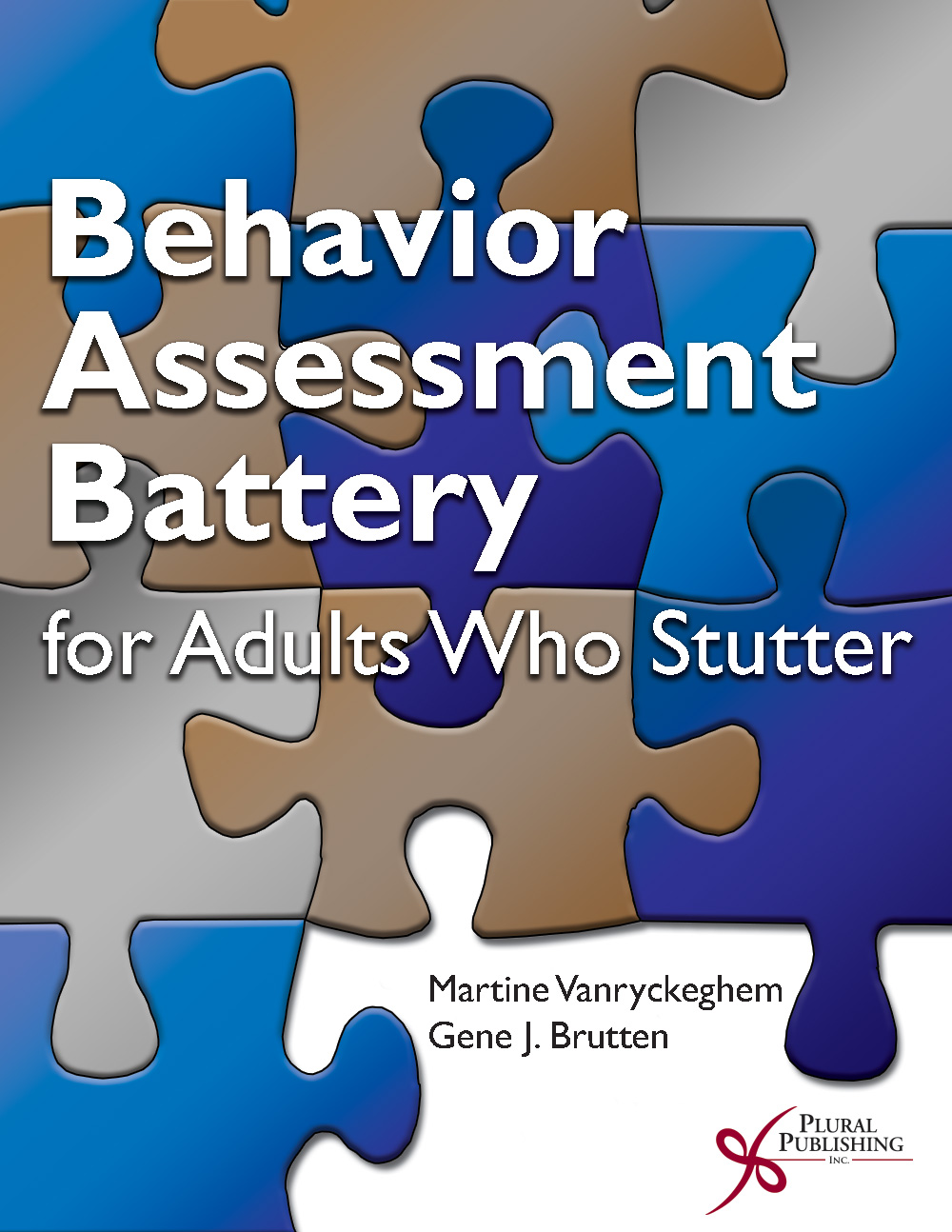
Behavior Assessment Battery for Adults Who Stutter (Online Access)
First Edition
Martine Vanryckeghem, Gene J. Brutten
Details: Online Access
ISBN13: 978-1-59756-901-9
© 2018 | Available
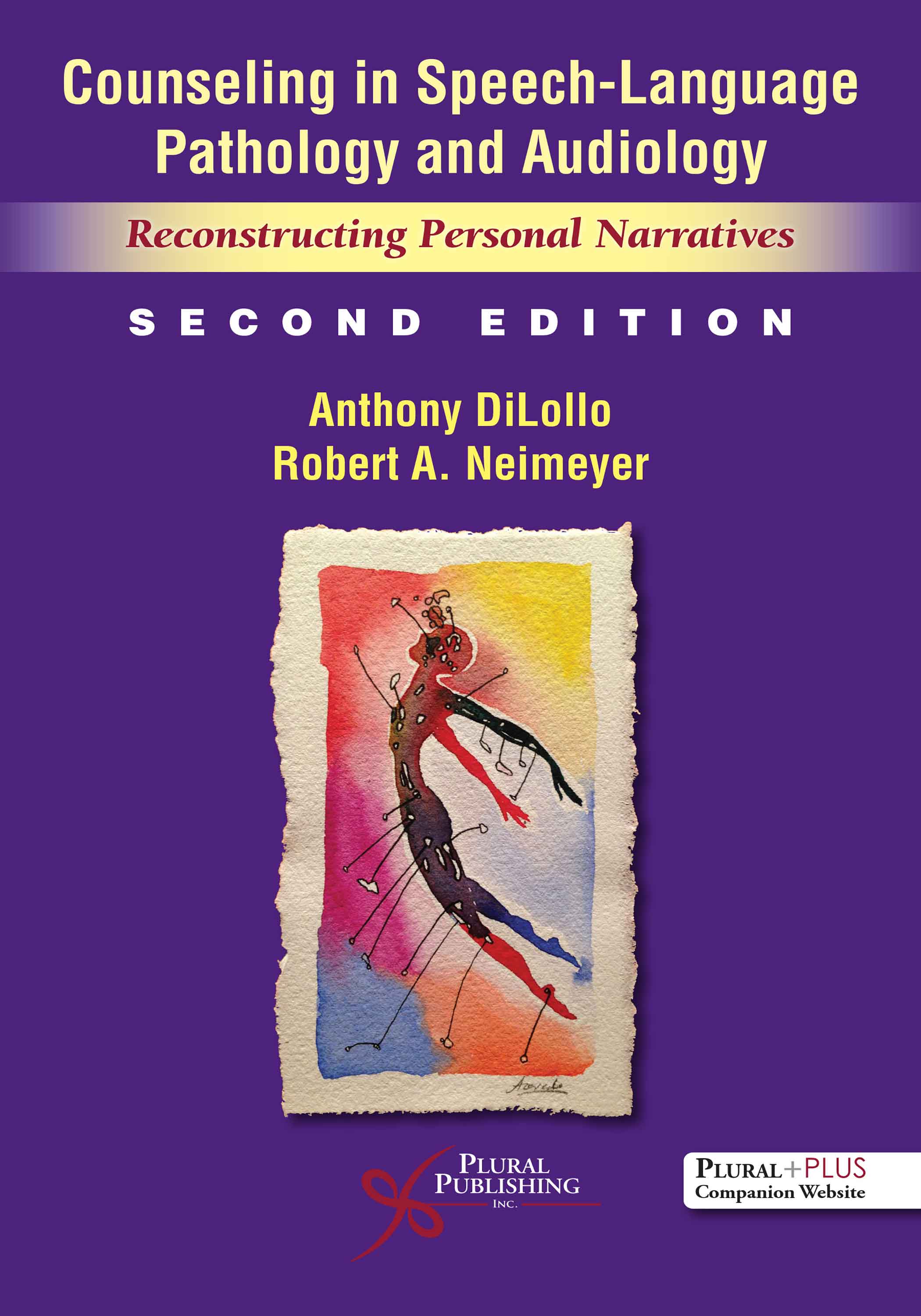
Counseling in Speech-Language Pathology and Audiology: Reconstructing Personal Narratives
Second Edition
Anthony DiLollo, Robert A. Neimeyer
Details: 360 pages, B&W, Softcover, 6" x 9"
ISBN13: 978-1-63550-298-5
© 2022 | Available
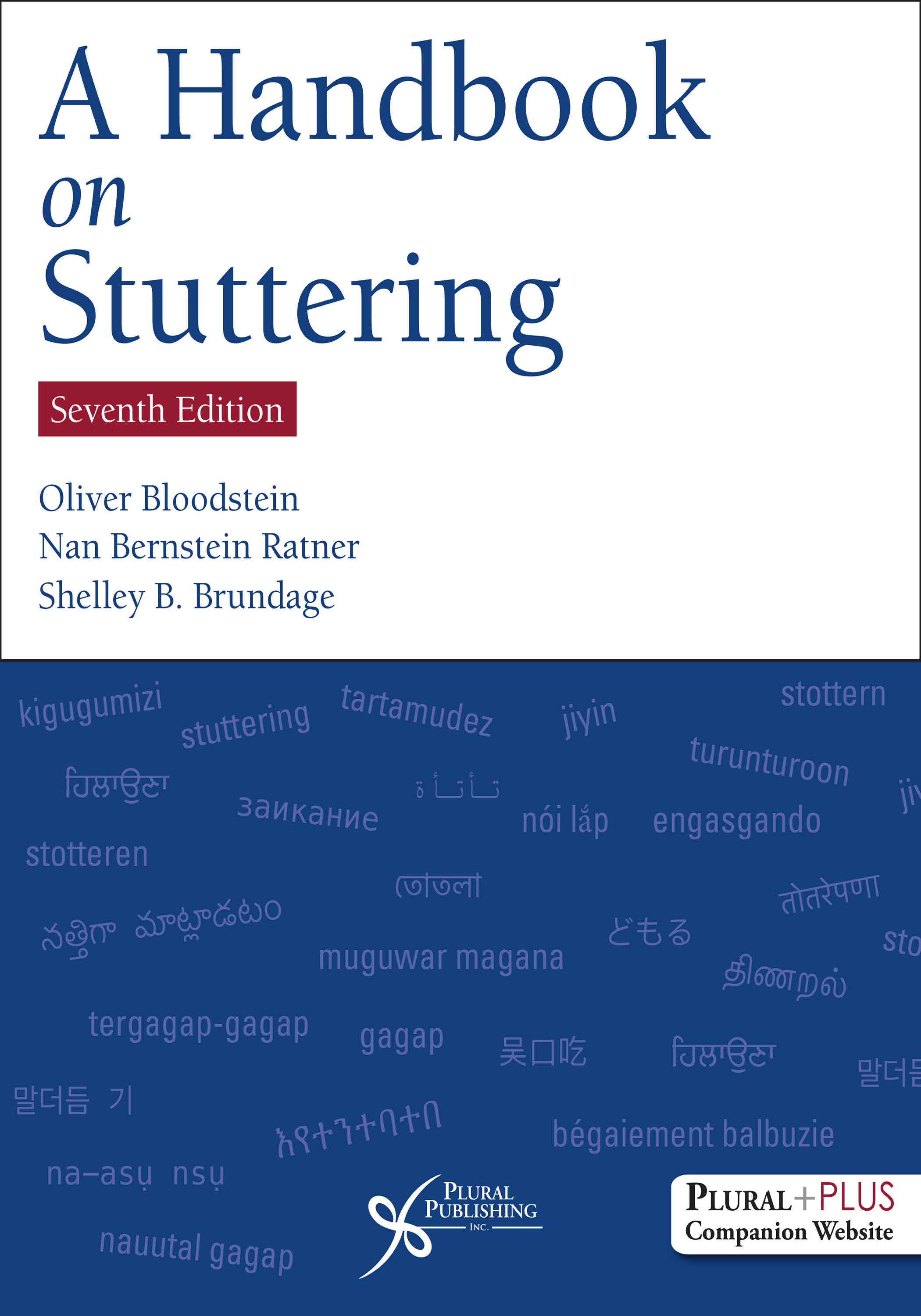
A Handbook on Stuttering
Seventh Edition
Oliver Bloodstein, Nan Bernstein Ratner, Shelley B. Brundage
Details: 581 pages, B&W, Hardcover, 8.5" x 11"
ISBN13: 978-1-63550-317-3
© 2021 | Available
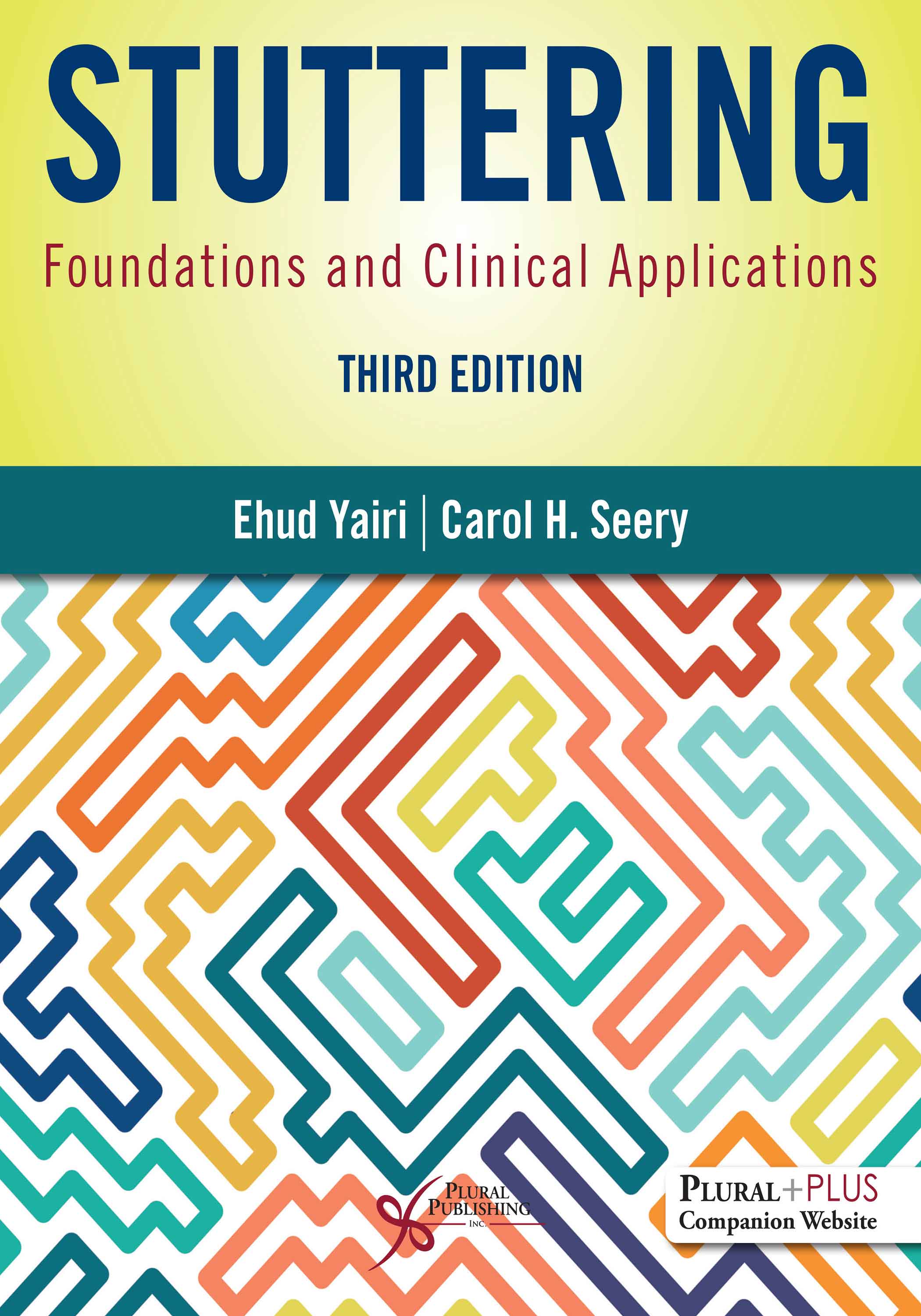
Stuttering: Foundations and Clinical Applications.
Third Edition
Ehud Yairi, Carol H. Seery
Details: 465 pages, B&W, Softcover, 8.5" x 11"
ISBN13: 978-1-63550-355-5
© 2023 | Available


